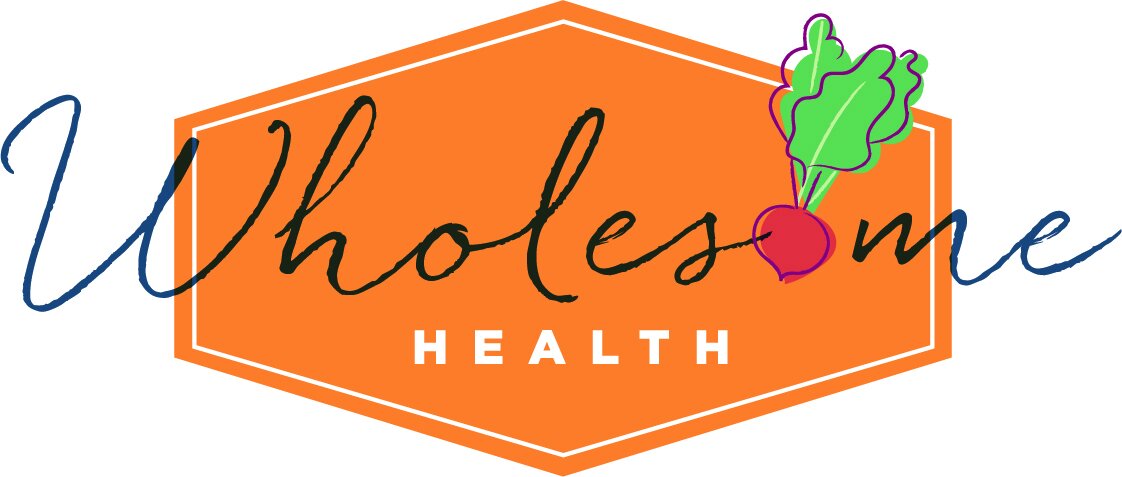Diets 101: Ornish Diet
Last week I highlighted one of the many diets out there, the Volumetrics Diet. For today’s post, I thought I’d discuss another diet called the Ornish Diet. The Ornish Diet was developed in 1977 and is really more of a “lifestyle” than a diet. This post will discuss what the Ornish Diet is and the pros and cons of eating this way.
What is the Ornish Diet?
The Ornish Diet looks not only at food intake in terms of overall health, but also at stress management, social support, and physical activity. The Ornish Diet emphasizes that all of these pieces can impact overall health.
What to eat?
The Ornish Diet is a vegetarian diet so it recommends eating fruits, vegetables, whole grains, nuts, and soy-based protein products. Animal-based protein options include nonfat dairy and egg whites. Some specific guidelines include:
Eat no more than 2 servings of nonfat dairy products per day
Limit to 1 serving of alcohol per day
No more than 10% of total calorie intake each day should come from fat
Eat 4 grams of healthy fat per day (fatty fish, nuts, and seeds)
Limit cholesterol to 10 mg or less per day
The macronutrient breakdown is as follows:
70% carbohydrate
20% protein
10% healthy fat
What not to eat?
Meat, fish, poultry, and egg yolks are not included in the Ornish Diet. Similar to many other diets, it is recommended to limit or avoid refined grains (white bread and white rice, for example), added sugar, and high-fat foods. Caffeine is also restricted on this day to no more than 1 cup of coffee or 2 cups of decaf coffee per day.
Pros
Similar to other vegetarian diets, the Ornish Diet has several health benefits. Avoiding sugar, refined grains, and unhealthy fats may lower cholesterol and reduce the risk of heart disease. The emphasis on filling up on fruits, vegetables, whole grains, legumes, and healthy fats may help with weight loss. It is also an anti-inflammatory diet which may help reduce inflammation in the body, leading to lower rates of certain cancers and other chronic diseases.
Cons
One downside to following the Ornish Diet is that it may increase blood glucose levels for those with diabetes or prediabetes because it is a high-carb diet. Additionally, because it is low in fat, some may find they need to eat more to feel satisfied, as fat can help us feel full.
As you can see, there are pros and cons to following the Ornish Diet. It emphasizes eating whole foods such as fruits, vegetables, whole grains, and healthy fats, but it is low in overall fat and high in carbohydrates. In addition to focusing on food intake, the Ornish Diet also encourages an active lifestyle, managing stress, and having social support as part of a healthy lifestyle. As with any way of eating, the importance is to find something that works for you long-term!



